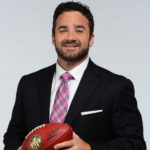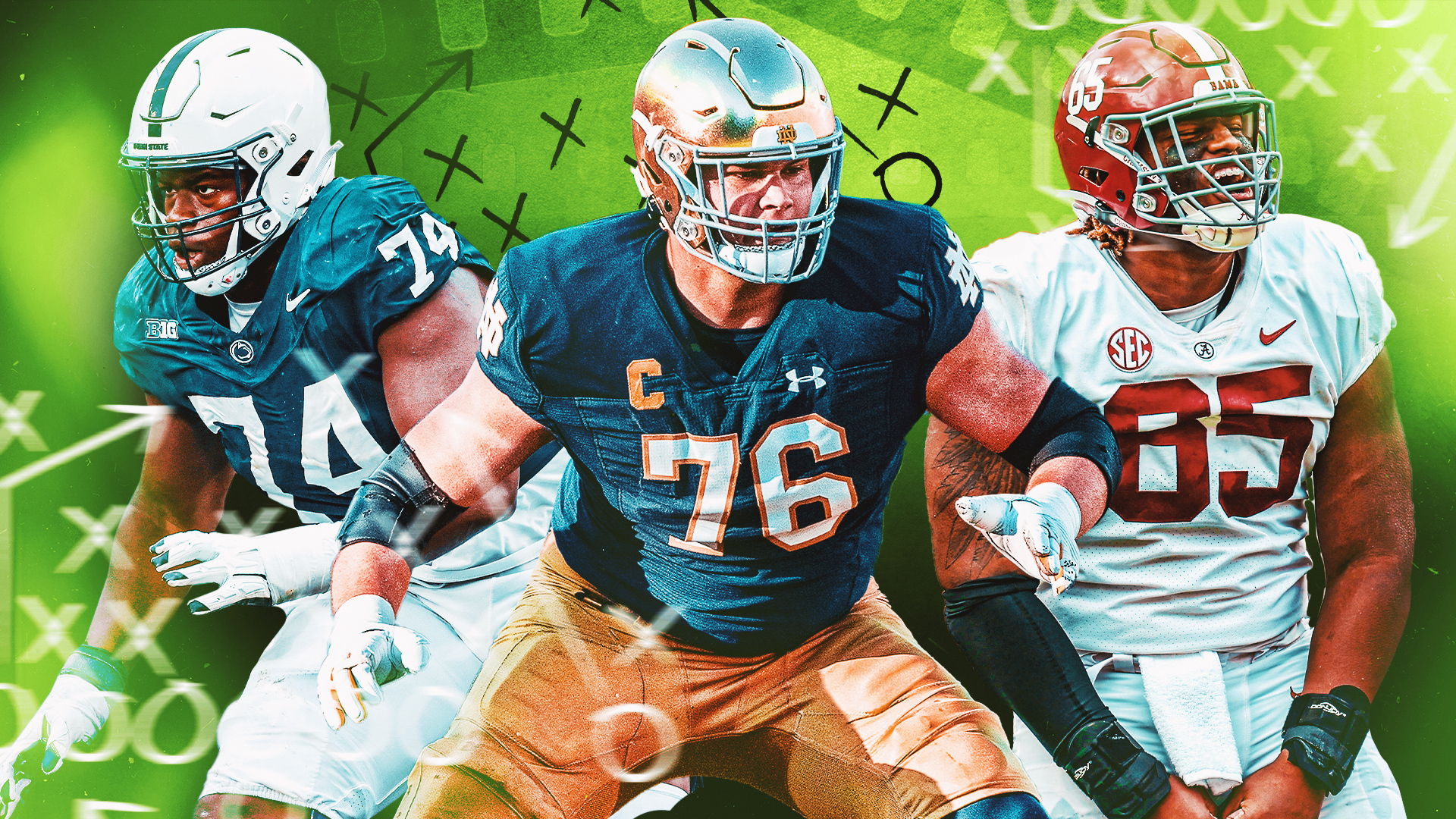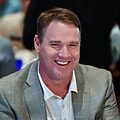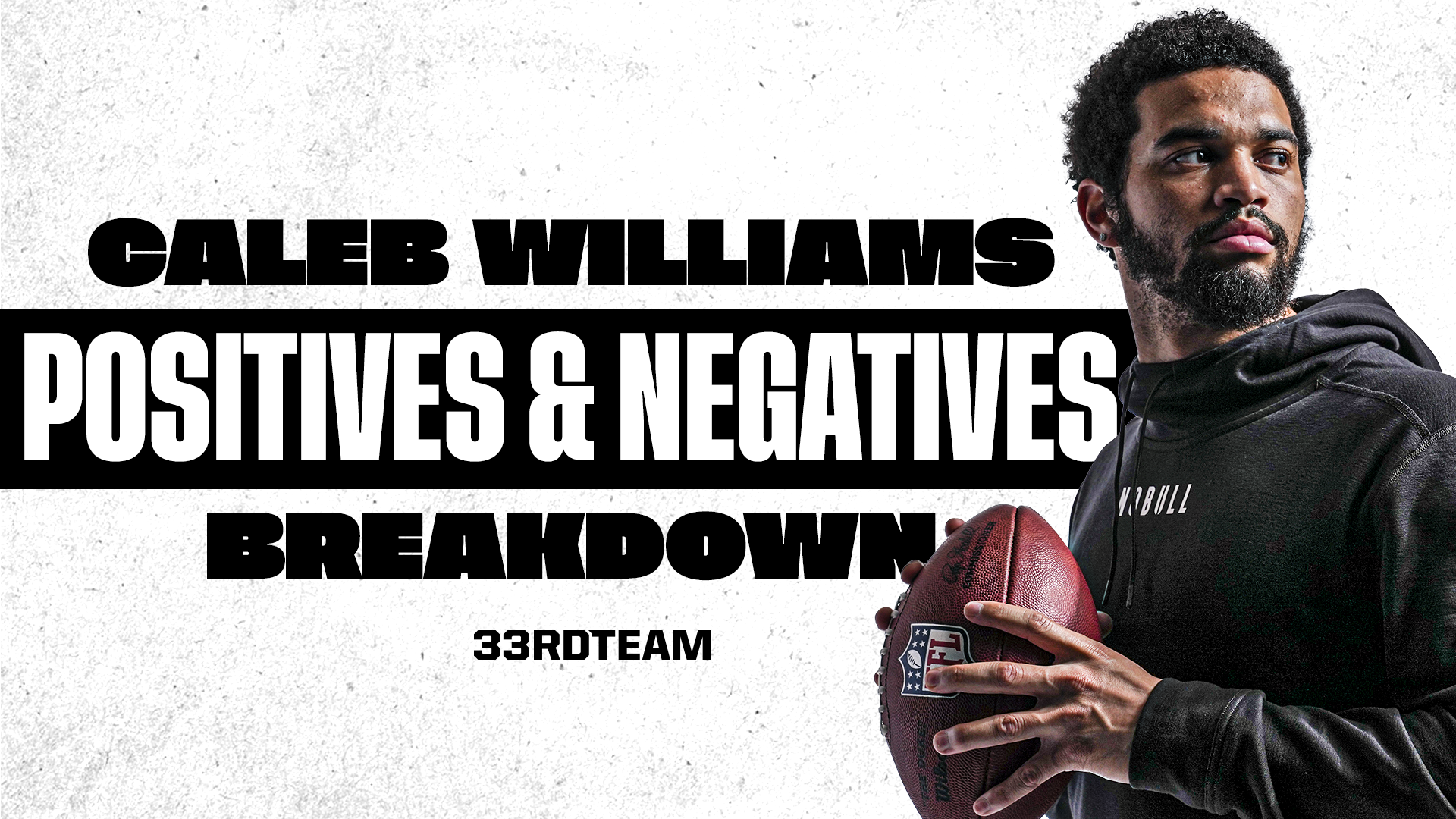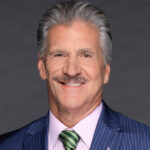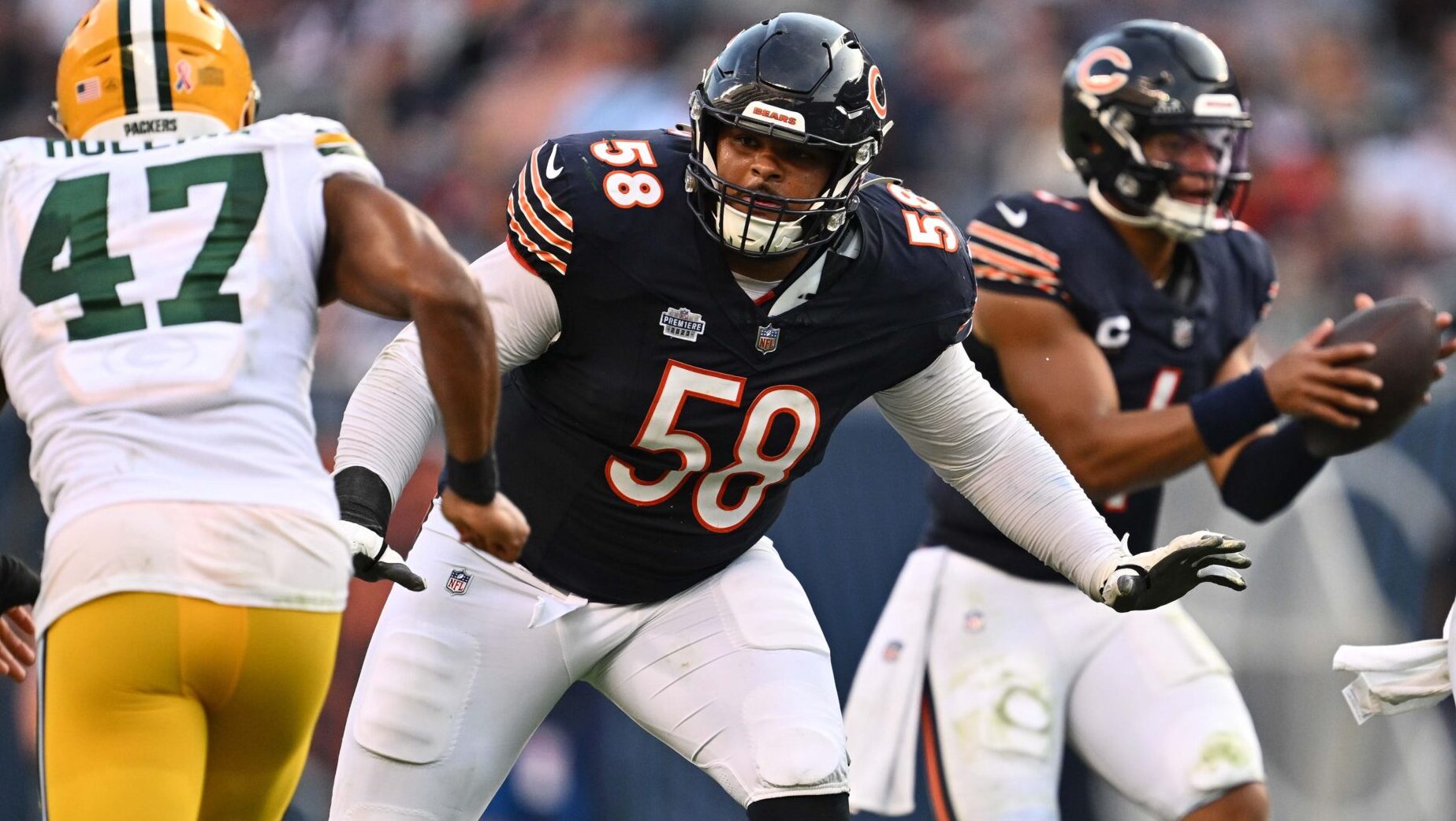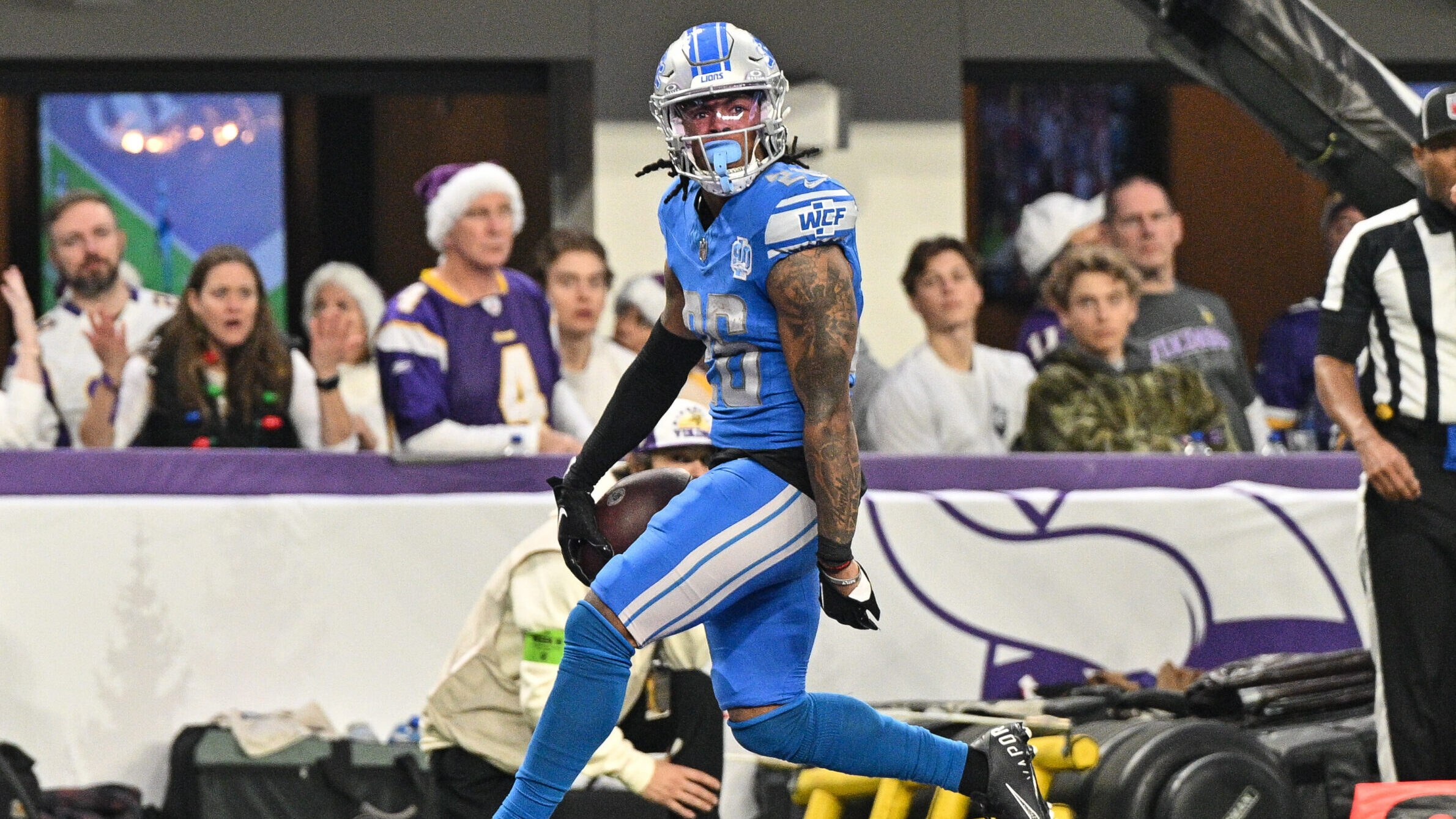Analysis
4/21/22
6 min read
Jeff Saturday on Negotiating the 2011 Collective Bargaining Agreement
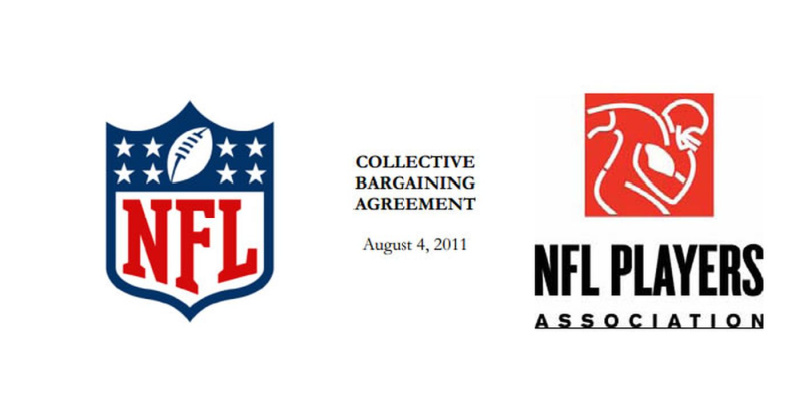
As a key negotiator in the 2011 NFL Collective Bargaining Agreement, health, safety, and career longevity was our main priority.
Domonique Foxworth, Kevin Mawae, Mike Vrabel, Drew Brees, and I listened to the concerns of all of the league’s players at the time and fielded hundreds of calls per day while we were locked out and in the midst of negotiations.
We felt that the owners wanted us to take a deal that we decided wasn’t in our best interest, and we identified that we were in a position to get guys healthier and safer and increase the amount of money they could make long-term.
Ultimately, we were able to reduce the number of off-season practices, eliminate two-a-day practices, improve benefits for injured and retired players, increase minimum salaries, and implement other contract benefits for veteran players.
Although there were some minor, unintended consequences stemming from the changes that we pushed for, our changes were beneficial to the NFL and the players around the league. I can’t help but smile when I see offensive linemen continuing to get contracts while playing into their late-30s.
What did we model the CBA after?
When I was in Indianapolis, Bill Polian was the General Manager there. In pre-season, he would say, “Hey, you’re only going to practice with us once per day. For the second practice, we’re going to have you swim, or bike, or do something differently. You’ll still do something physically active, but let’s take some of the beating off your body.”
He believed in getting players to the season as healthy as possible, and he did just that.
We would wear pads at times in training camp, but it wouldn’t be like the onslaught you would hear about from other teams — brutally long, super competitive, fully-padded practices back-to-back. You’d even hear stories about teams doing controversial drills such as “bull in the ring” that are not worth the physical toll.
Polian and Tony Dungy were not like that. If they wanted us to have one really physical practice, they’d follow it up with a walk through. Some people think that Tony was anti-padded practices, but that wasn’t the case. We went in full pads throughout the season. They just believed that you would rather get to the season healthy rather than wearing them out during OTAs, training camp and pre-season.
I felt that the way that Polian and Dungy did things in Indianapolis was beneficial for our health and career longevity. And based on our conversations with many players around the league, limiting the toll that padded practices take on a players’ body was a clear and obvious move.
Assessing the unintended consequences
When we eliminated a lot of those early off-season practices, I did not anticipate that there would be such a vast number of players participating in additional training sessions away from their team.
If players wanted to get better and wanted to work on their craft beyond the lightened off-season practice structure, they weren’t allowed to be at the facility or to work with their position coach. So, they ended up finding places outside of their building.
We did not expect that it would open the door for a number of people who weren’t necessarily coaches of teams to more or less make a career of specializing in off-season training.
One problem that we did not realize that needed to be addressed was when players working out with trainers who are unaffiliated with a team get injured. Then they are not covered by the NFL’s medical benefits because their injury occurred away from the facility, even though they were training for no reason but to improve their on-field performance.
I don’t think we had an understanding that this would become an issue while we were negotiating.
I’m sure that some of those specialized summer training programs can cause friction when a coach doesn't like the person that their player happens to be training with.
And in that case, you’d hope the player tells the person they’re training with, “This is the way my coach coaches it. Here’s what his expectations are. Let’s work on this part of it.”
If that is the case, it becomes much more of a positive relationship between the coach and trainer as opposed to a contentious one.
What I would do differently
If I could go back in time to 2011, I would try to figure out a way to allow players who want extra time in the facility to do so, rather than forcing them to go find coaching from an outside party. Perhaps offer players who would like additional training a certain amount of time that they could do it, or grant teams the ability to designate a certain number of players as exceptions who could come into the facility to get in extra work or watch extra film with somebody they felt could potentially benefit them.
Some of the players I’ve spoken with have complained about having to train outside the facility, and others think it’s fantastic
While some love that they don’t have to be at the facility and can travel to a warm weather state such as California or Florida to hang out with their team, bond, and get some work in, other guys who are just entering the league cannot always afford to do that.
Allowing that type of bonding between teammates to transpire at the facility, whether with or without coaches, would be beneficial.
I’m not sure how to do it, and I’m honestly not sure how it would work, but that is something that I would look into if I could do it all over again.
Overall, I think that the end result of what we instituted in the 2011 CBA has been very beneficial to players.
There’s a reason that more and more players are accruing double-digit seasons in their careers and quarterbacks are playing to 40 years old and beyond.
As you get older in the NFL, it makes a difference when your body is not taking the abuse year after year. From a mental aspect, you’re way ahead of the game as an older, more veteran player. You see the game and fully understand what you’re going to do. But physically, if your body is beaten up, how well can you actually play throughout the season?
I’ve seen contracts that I’m extremely proud of when it comes to the amount of money that players are earning now, the length of the careers they're having, and how much better shape their bodies are in after retirement.
It’s not just about when you’re 29 or 32 and retired. It’s about when you’re 52 and you can still play with your grandkids, throw the ball around, or play pick-up basketball. It’s about making sure that as their lives continue that they can enjoy the same type of joys that athletics brings. I’m seeing a shift toward players being healthier after their careers, and I pray that things continue to go that way.
